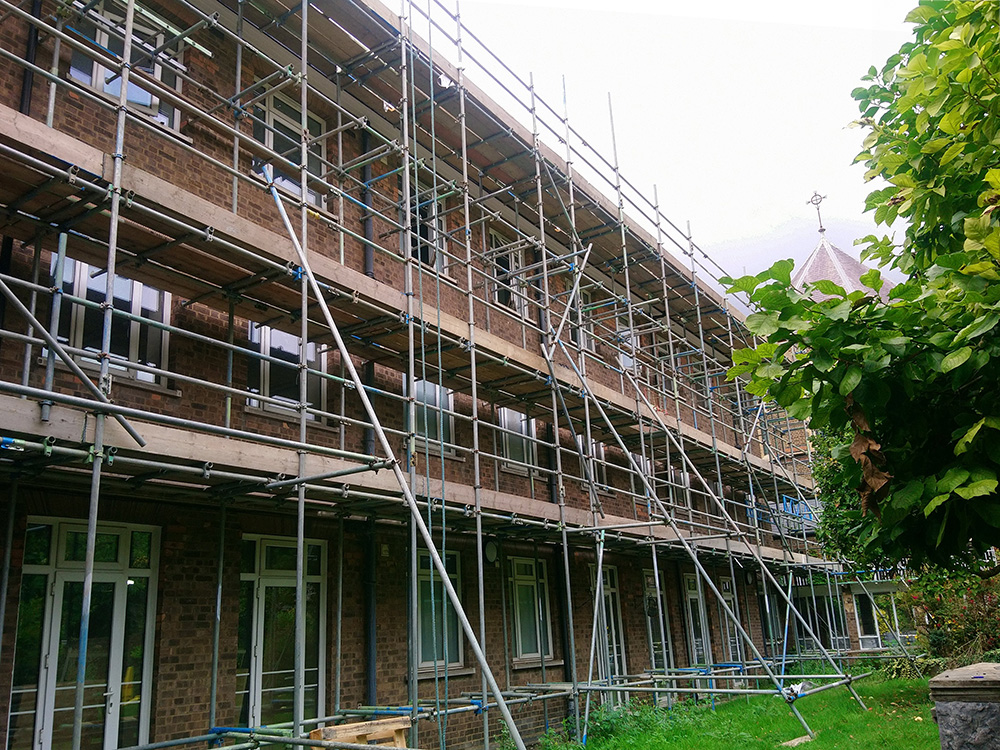
Insulating Existing Buildings – Part 1
“The most sustainable building is the one that is already built” – Carl Elefante.
Ever since the insulation of buildings became part of the statutory regulation of construction in the 1960s, the standards demanded have become incrementally better. At first the impetus was to save energy, and improve the environment inside the building. As fuel became more and more expensive, and there were widespread fears that we would run out of coal and oil, the demand for better insulated buildings increased.
Fuel has certainly not become cheaper since then, but the main argument for ensuring our buildings are properly insulated has changed. The overriding reason we do so now is to reduce the emission of greenhouse gases.
While the improvement in efficiency demanded by the building regulations mostly concerns itself with new buildings, there are statutory obligations placed on schemes involving existing buildings. Any work which involves a change to what the document calls a ‘Thermal Element’ demands that, if that (eg) wall or roof falls below a certain standard, it has insulation added until it meets the regulations.
This is important because, while all new buildings necessarily meet the current regulations, they are vastly outnumbered by the old buildings which patently do not. The regulation has the effect that whenever an old building is renovated, its thermal efficiency is improved. This will incrementally improve the energy efficiency of the country’s stock of buildings.
This is where the paradox pointed out by Carl Elefante comes in. Studies have shown that it takes between 10 and 80 years for a new building that is 30 percent more efficient than the average to overcome the negative climate change impacts related to its construction. This is because of the huge amounts of energy which are embodied in the materials and labour involved in the production of many normal construction materials, in particular the concrete and steel used to form structural elements.

Milleret House Refurbishment – MEB Design
This thinking draws the distinction between Operational Carbon (the fuel used to run the building throughout its life) which is greatly reduced by current building regulation, and Embodied Carbon (the energy used to manufacture the building) which has only recently begun to be considered in the regulations.
There was recently a successful campaign against proposals to demolish the Oxford Street branch of Marks and Spencer, in favour of renovating the existing building. Whereas, in the past, the reason for such a campaign might have been because the existing building had some heritage or aesthetic appeal, the explicit motive on this occasion was that it would effectively be a waste of the carbon already embodied in the existing structure.
Clearly there are costs and benefits to each approach, and we at MEB Design can help analyse them by devising feasibility studies, in combination with engineers and cost consultants, to help you decide whether or not to retain an existing structure in order to meet your needs. MEB Design have been signatories of the RIBA 2030 Climate Challenge and Architect’s Declare commitments since 2020 and have extensive experience working with existing buildings.
